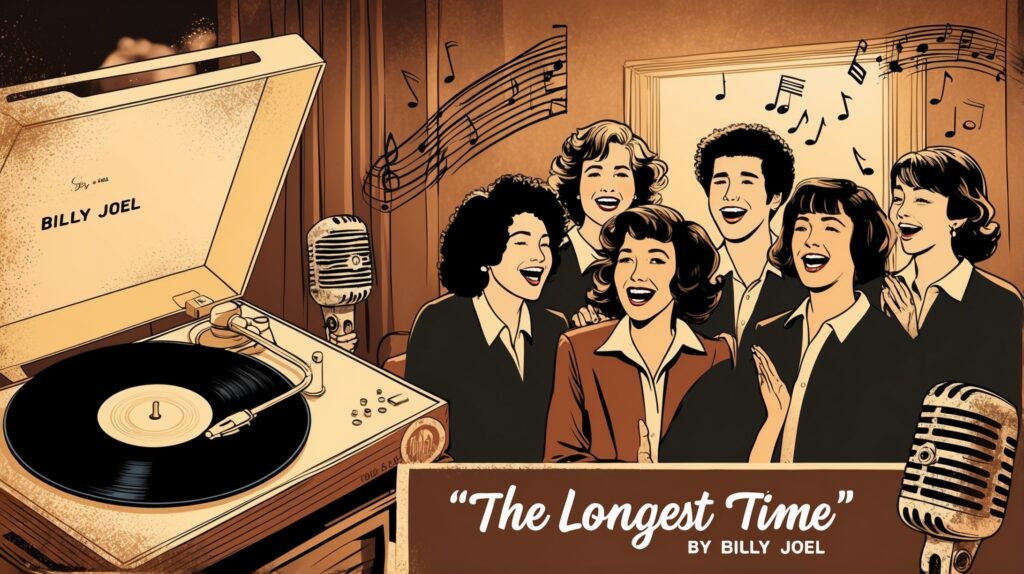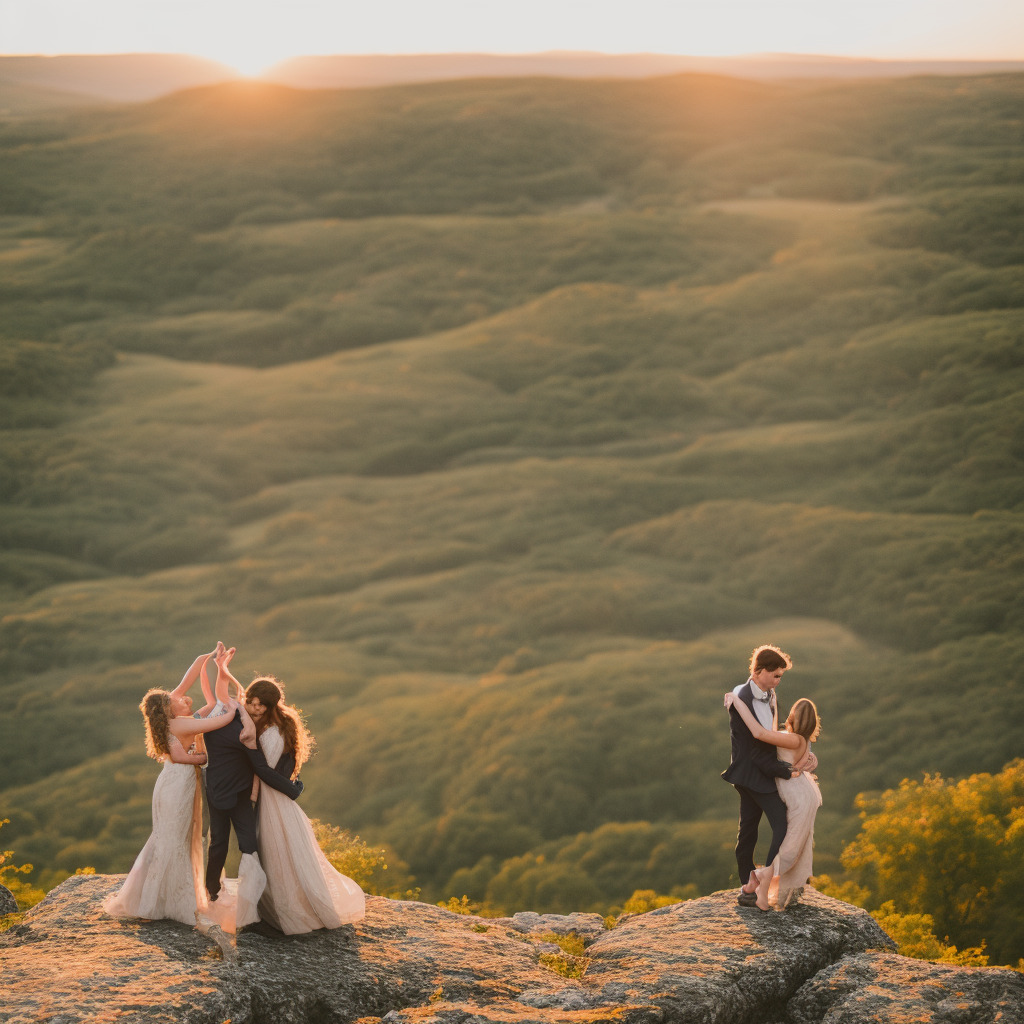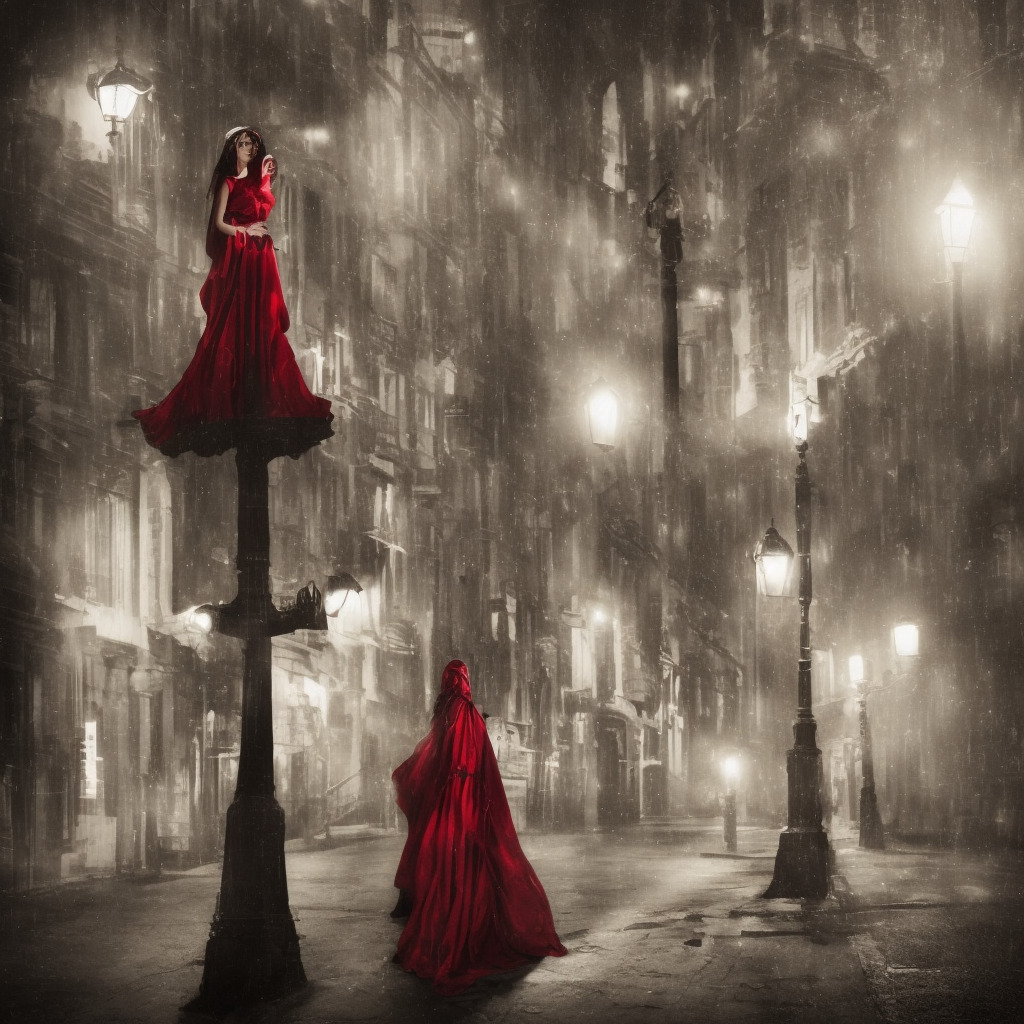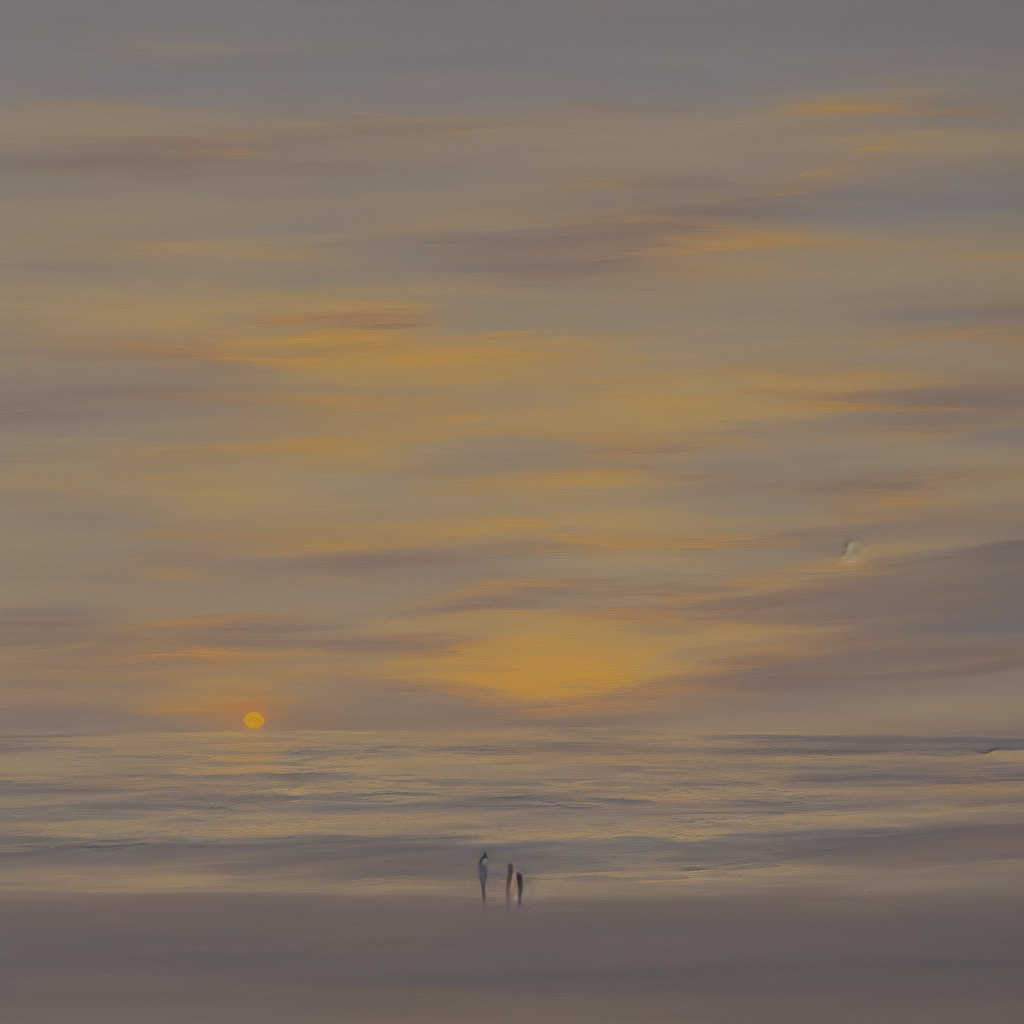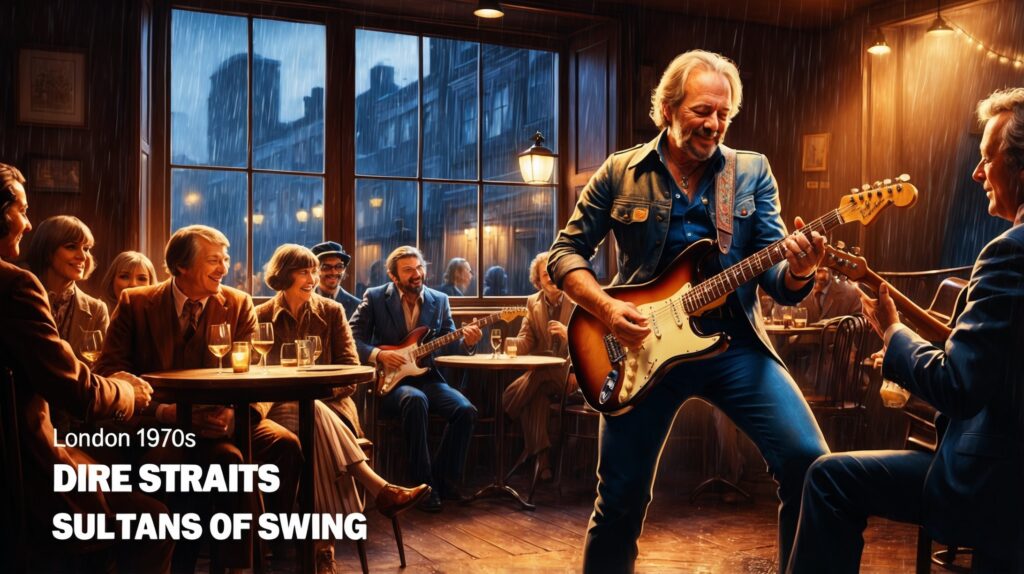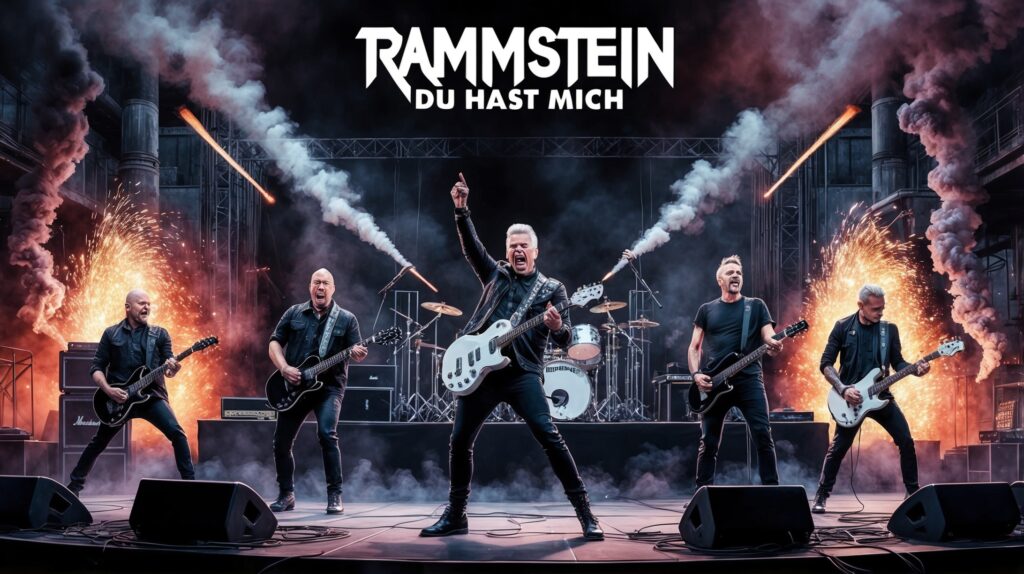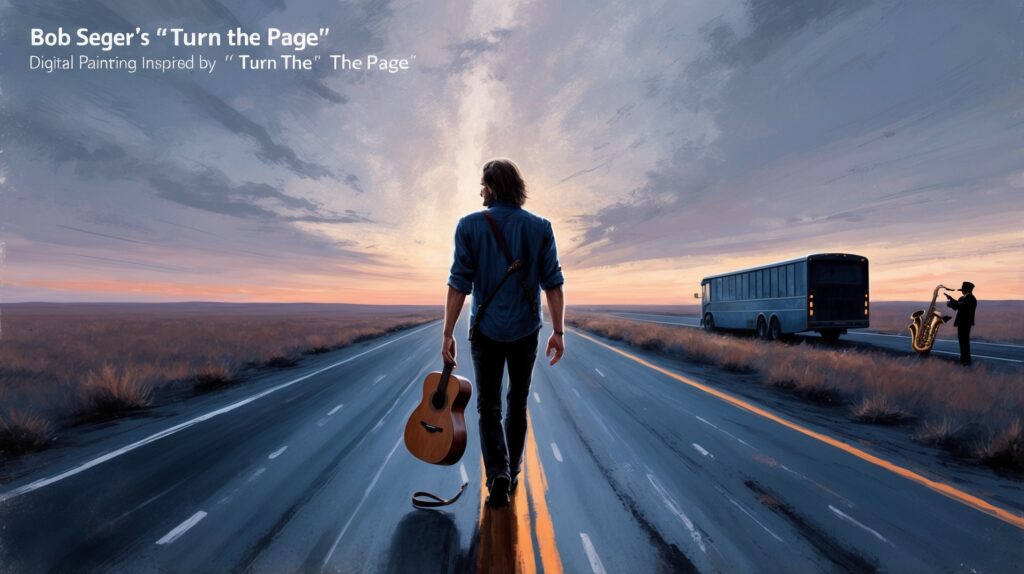Billy Joel: A Melodic Maestro with Timeless Tunes
Explore the musical journey of Billy Joel, focusing on his classic hit ‘The Longest Time’ and its place in his remarkable career.
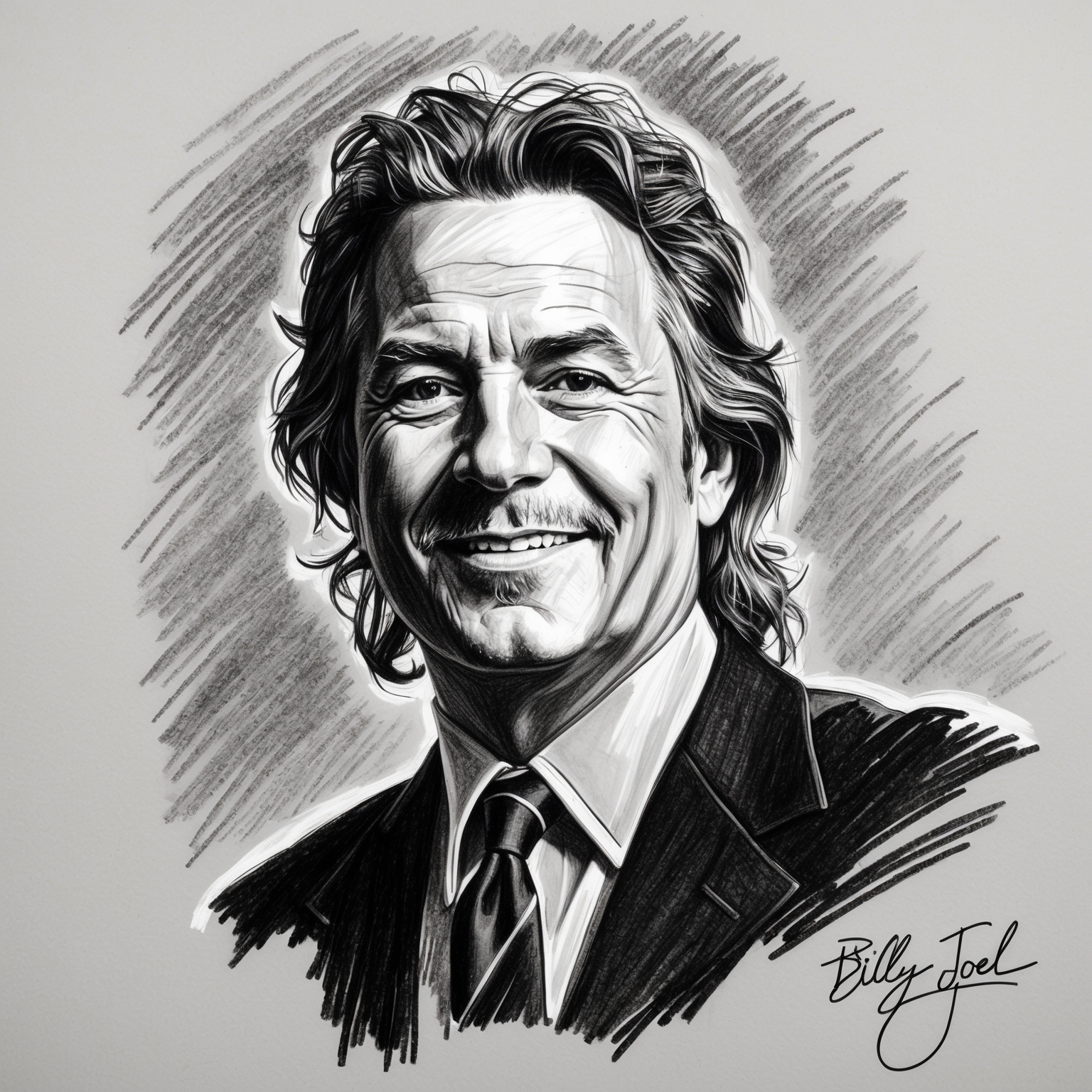
Billy Joel, an indelible name in the sphere of music, is known for his genius in crafting songs that capture not only the ears but also the hearts of his audience. Among his treasure trove of hits, ‘The Longest Time’ stands tall with its nostalgic nod to doo-wop and its pure, harmonious vocals. The song exemplifies Joel’s ability to traverse musical eras and emerge with something refreshingly resonant yet intimately classic.
Born in the Bronx and raised in Long Island, Billy Joel’s early life was filled with musical influences that set the stage for his illustrious career. His mother, a classically trained pianist, inspired his initial love for music. By the time ‘The Longest Time’ was released in 1983, Joel had already cemented his status as a musical icon. This song, like many of his others, highlighted his desire to blend various musical styles, a skill that ensured his music was always evolving yet still familiar to his fans.
The release of ‘The Longest Time’ came during a prolific period in Joel’s career when he was exploring the sounds of the past while pushing the boundaries of contemporary music. At the time, Joel collaborated with some of the most talented musicians and producers, fusing their collective creativity to craft songs that were sonically impeccable. The reception to this song was overwhelmingly positive, marking yet another successful chapter in Joel’s legendary career. It served as a testament not only to his outstanding vocals but also to his ability to adapt and innovate.
The Musical Genius of Billy Joel: Composer Extraordinaire
Explore the multifaceted genius of Billy Joel, the composer behind ‘The Longest Time,’ who expertly blends genres and eras to create timeless music that resonates with listeners.
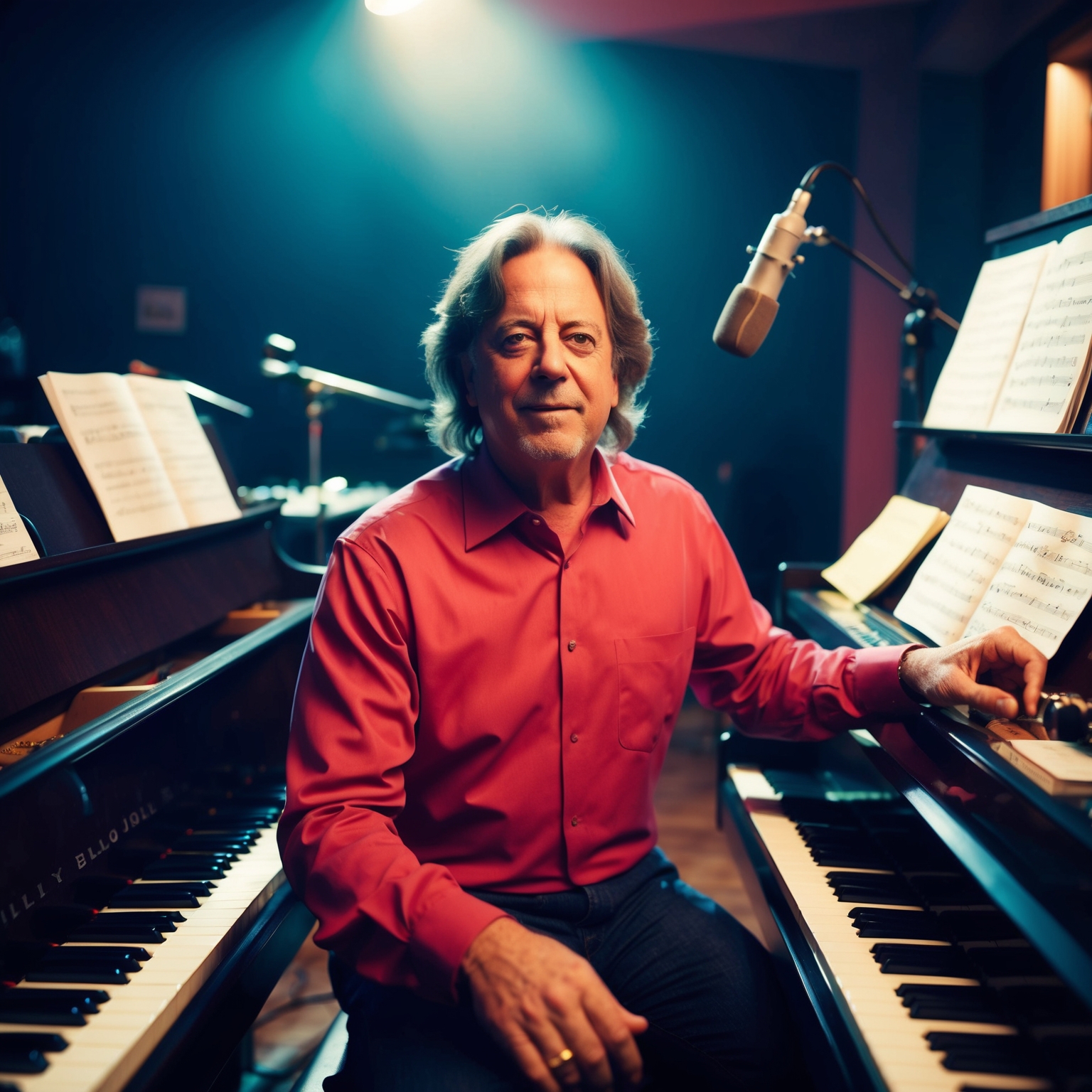
Background and Career: Billy Joel, the composer behind ‘The Longest Time,’ is a luminary in the music industry with a career spanning several decades. Born in the Bronx, New York City, on May 9, 1949, Joel was exposed to music early on, thanks in part to his father’s classical piano background. His formal training began at a young age, and he quickly displayed a prodigious talent for the piano. Long before becoming a household name, Joel’s early career included stints in bands like The Hassles and Attila, where he honed his skills as both a musician and songwriter. His breakthrough came with the release of his first solo album, ‘Cold Spring Harbor,’ in 1971, setting the stage for an illustrious career punctuated by both popular and critical acclaim.
Musical Style and Influences: Joel’s musical style is characterized by its versatility and depth, drawing from a plethora of genres including pop, rock, jazz, and classical. Among his influences are renowned artists like The Beatles, Ray Charles, and Beethoven, which are reflected in his work’s dynamic structures and melodic richness. Known for his narrative-driven songwriting, Joel’s compositions often weave compelling stories infused with personal and universal themes. This versatility is evident in ‘The Longest Time,’ which showcases Joel’s ability to revisit doo-wop elements with a modern twist, creating both a nostalgic and refreshing sound.
Role in the Song’s Creation: As the sole composer of ‘The Longest Time,’ Joel played an integral role in shaping the song’s signature sound. His adeptness at blending different musical eras is on full display, with the acapella harmony capturing a bygone era while resonating with contemporary audiences. Joel not only composed the music but also sang all of the vocal parts, an impressive feat that exemplifies his multifaceted talent. His arrangement skillfully balances the interplay between lyrics and melody, resulting in a track that feels both intimate and expansive. The song’s enduring success can largely be attributed to Joel’s nuanced composition, which evokes a sense of warmth and timelessness.
Awards, Accolades, and Cultural Impact
Explore the enduring legacy of ‘The Longest Time’ through its covers, TV appearances, and lasting cultural impact rather than traditional awards.
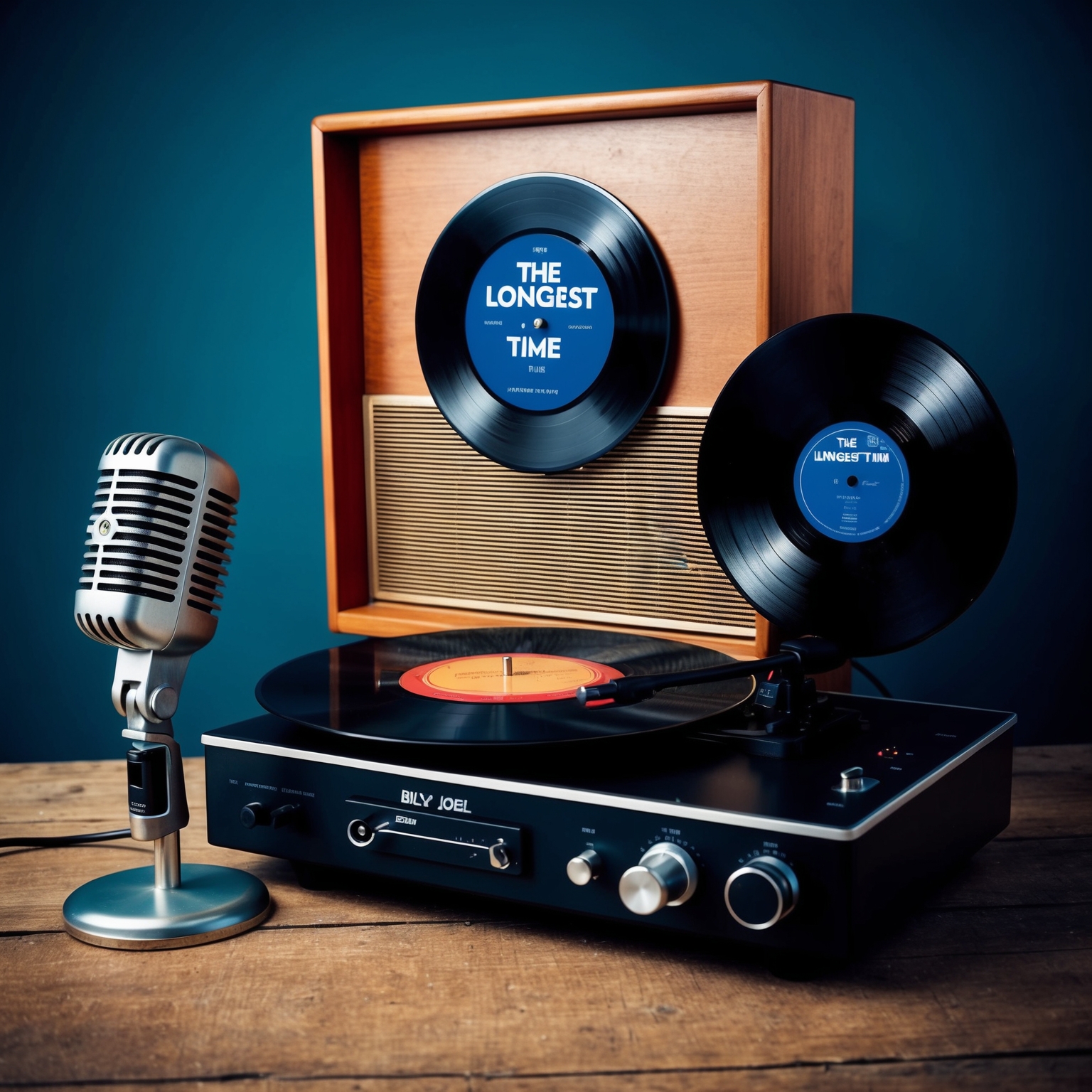
The Longest Time, a nostalgic doo-wop tune by Billy Joel, may not have clinched prestigious awards, but it has certainly earned a respected place in pop culture. Over the years, this iconic song has been covered by numerous artists, giving it a new lease of life with each rendition. From a cappella groups to solo performers, the track’s timeless appeal has resonated with musicians and fans alike, showcasing the song’s enduring charm.
Though the song didn’t win mainstream music awards, its legacy has been immortalized in other ways. It has appeared in various television shows, bringing Billy Joel’s classic sound to a new generation of listeners. For instance, its inclusion in popular TV series such as Scrubs and Family Guy illustrates its widespread recognition and cultural relevance.
One noteworthy cover came from the cast of the television show Glee. Their take on The Longest Time introduced it to younger audiences, proving the song’s universal appeal and adaptability across different musical genres and settings. The infusion of fresh voices and modern arrangements not only honored the original but also reimagined it for contemporary times. This ability to transcend time and trends is a testament to the song’s profound influence.
Chart-Topping Journey of ‘The Longest Time’
Track the chart journey of Billy Joel’s “The Longest Time,” a nostalgic hit that seamlessly blended classic doo-wop influences with contemporary appeal, reaching impressive positions on the Billboard Hot 100.
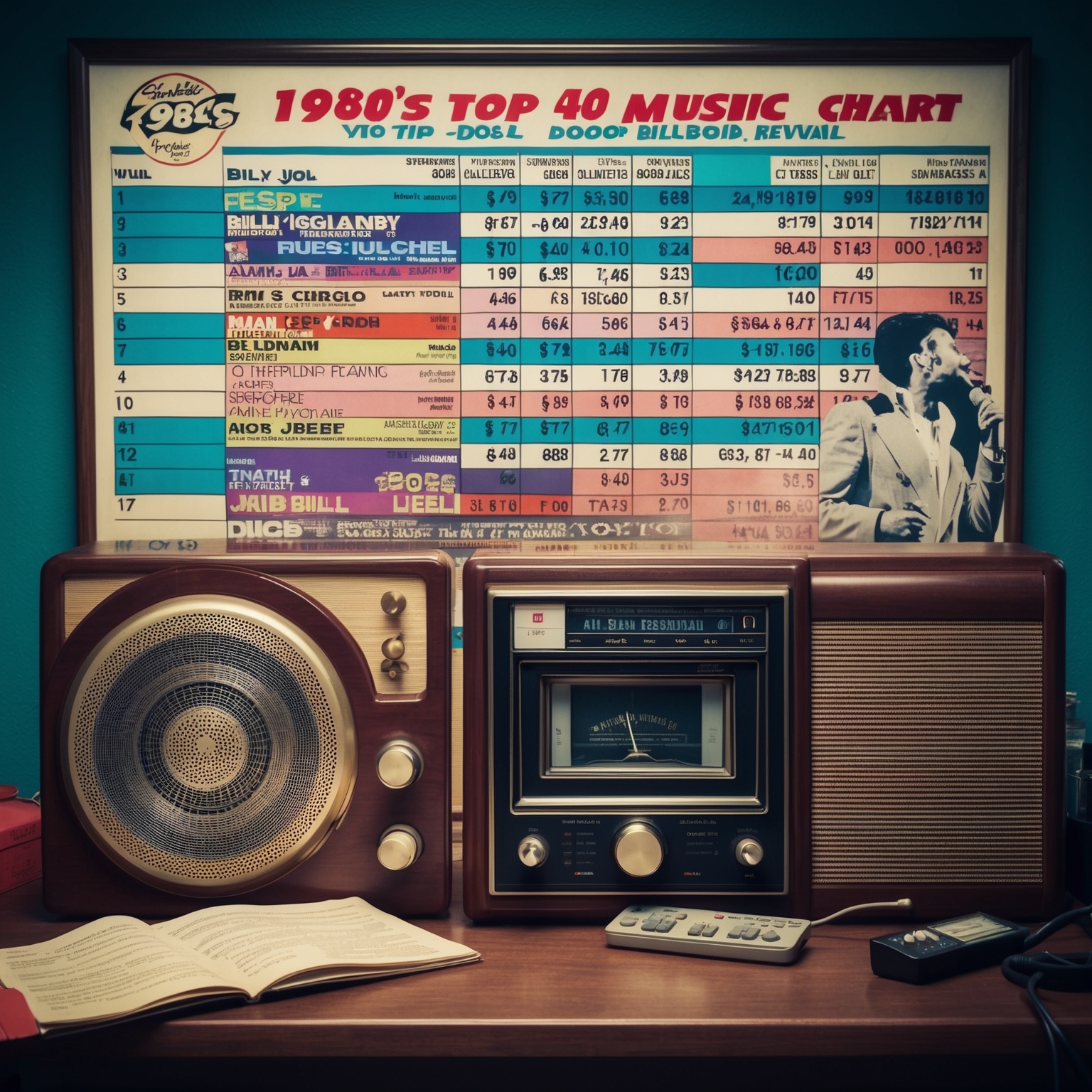
Released in April 1984, Billy Joel’s “The Longest Time” became a remarkable success in its own right, distinguished by its nostalgic doo-wop style and captivating a cappella arrangement. Initially, the song entered the charts with moderate fanfare but soon captivated listeners, achieving significant popularity on both sides of the Atlantic. ‘The Longest Time’ reached number 14 on the Billboard Hot 100 and showcased Joel’s versatility as an artist capable of resurrecting vintage sounds with a modern twist.
Compared to other tracks from the same era, especially those dominated by synthesizers and electronic beats, “The Longest Time” stood out as a refreshing homage to the vocal harmonies that characterized the early rock and roll era. This distinction enabled the song to carve its own niche, appealing to audiences yearning for a slice of musical nostalgia. It was part of Joel’s successful album “An Innocent Man,” which marked one of the peaks of his illustrious career.
As a follow-up to Joel’s previous hits, the song further solidified his status as a master of musical reinvention. Following the success of “Uptown Girl,” “The Longest Time” helped maintain the momentum of Joel’s chart presence during the mid-1980s. The song’s endearing quality and relatable lyrics have ensured its lasting influence, making it a favorite on classic hits playlists and a staple in Joel’s concert performances.
Exploring the Visual Journey of ‘The Longest Time’
The music video for ‘The Longest Time’ by Billy Joel captures a nostalgic reunion, enhancing the song’s theme of timeless bonds and friendship, presented through warm, reminiscent visuals.
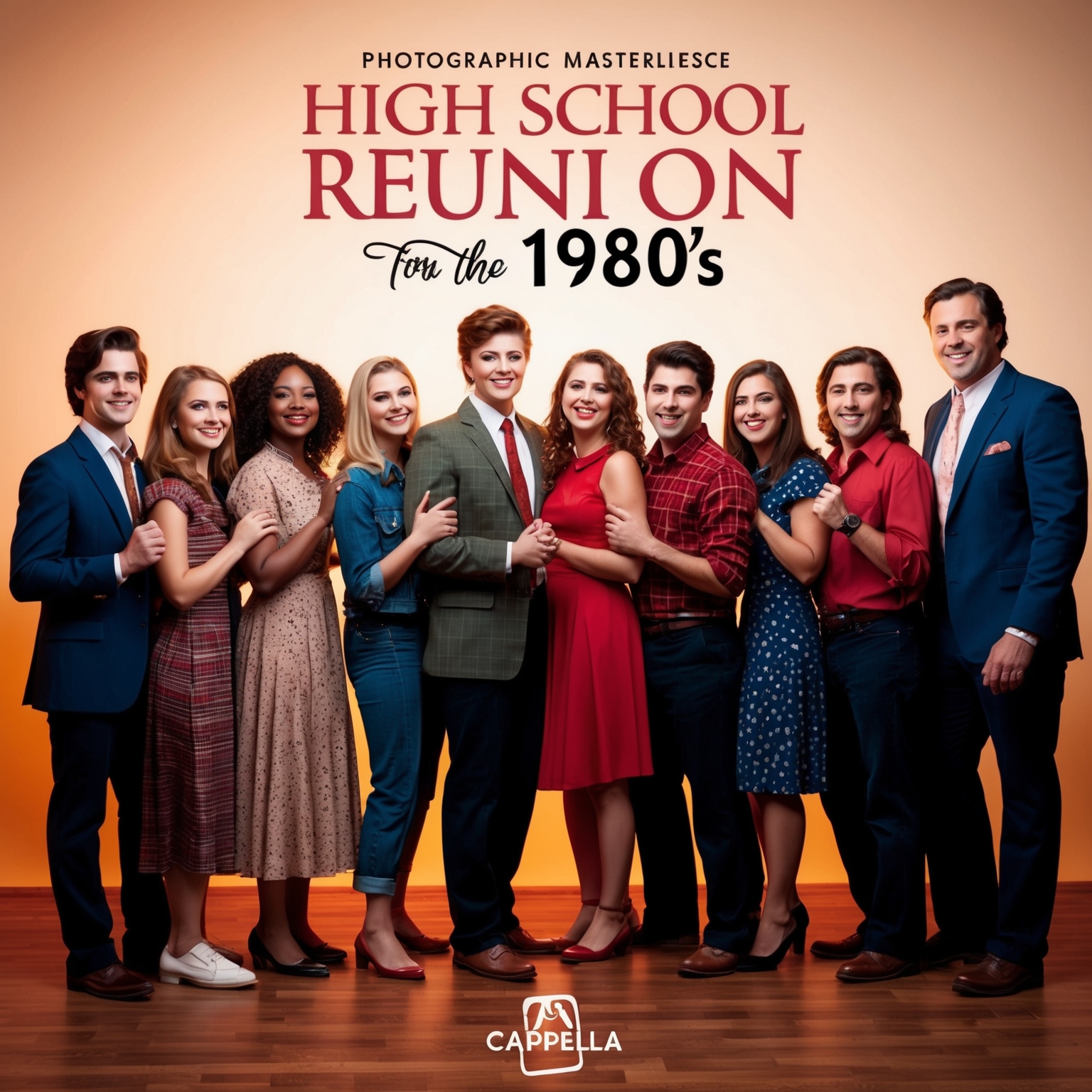
The music video for Billy Joel’s ‘The Longest Time’ is an evocative representation of nostalgia and harmony that complements the song’s doo-wop influences. Set in a high school reunion, the video employs a time capsule of emotions, cleverly blending themes of reminiscence and camaraderie that the lyrics so beautifully evoke. This setting not only ties in with the lyrical content but also captures the timeless bond shared between friends.
Visually, the music video pairs the classic a cappella sound of the song with imagery of friends coming together after years apart. The setting is quaint and nostalgic—a throwback to the joyous moments of youth, perfectly crafted with warm hues and soft lighting. This evokes a sense of comfort, reminiscent of simpler times, making the video a visual treat for fans and new listeners alike.
The production of the music video, while not filled with high-profile celebrity cameos, features a cast that brings an earnest dynamic to the storytelling. This simplicity aids in communicating the core message of the song, steering the viewer towards introspection. The choice of an unpretentious narrative helps heighten the song’s authenticity, resonating widely with audiences and ensuring ‘The Longest Time’ remains memorable both sonically and visually.
Analyzing the Unique Composition of ‘The Longest Time’
The Longest Time’ by Billy Joel stands out for its a cappella arrangement and rich vocal harmonies, set in the key of A major. The song’s moderate tempo and minimal instrumental accompaniment lend an air of nostalgia, marking a distinct phase in Joel’s musical evolution.
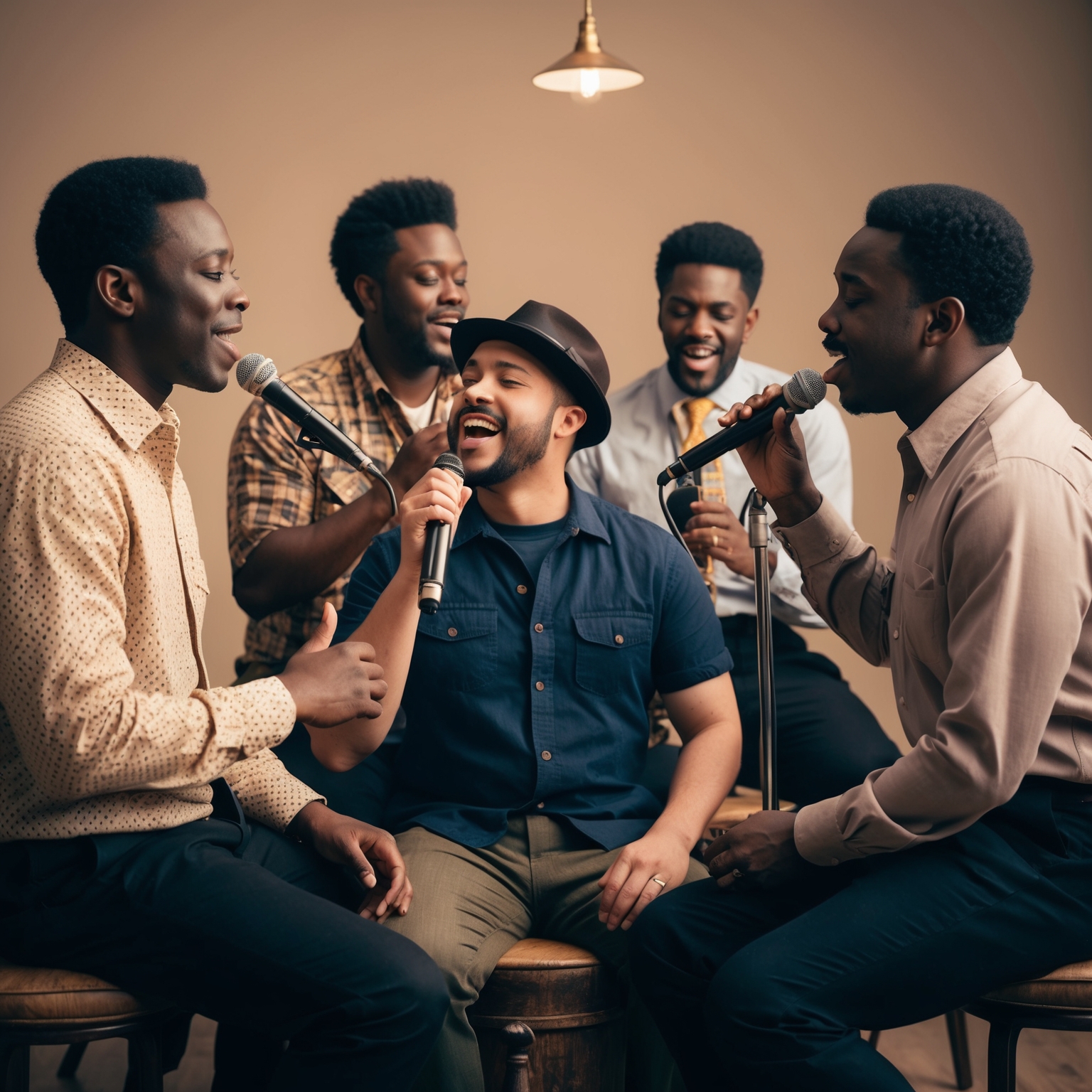
Billy Joel’s ‘The Longest Time’ stands out in his discography for its a cappella style, an unusual choice that diverges from the typical rock and pop arrangements associated with his music. The song is primarily in the key of A major, maintaining a straightforward and accessible chord structure that complements its nostalgic nature. The harmony is rich, employing vocal harmonies to create a lush, full sound that suggests influences of doo-wop and barbershop quartets, characteristic of 1950s and 60s pop.
The tempo of the song is relatively moderate, allowing the nostalgic and sentimental themes to breathe and resonate with the audience. Joel’s expert use of rhythm ensures that the song flows seamlessly, balancing the harmony and melody. The melody itself is characterized by its simplicity and memorability, effortlessly entwining with the harmonies to contribute to the song’s vintage feel.
Interestingly, rather than relying on an extensive range of instruments, the song predominantly features human voices, with subtle use of a bass guitar and snare drum, making it a unique entry in Billy Joel’s portfolio. The stripped-back instrumental arrangement allows the warm and sincere vocals to take center stage, highlighting Joel’s innovative approach at the time. Within the larger context of his discography, this composition signifies a return to past musical influences and showcases his versatile artistry, diverging from the instrumental richness of albums like ’52nd Street’ and ‘The Nylon Curtain’. The recording of ‘The Longest Time’ took place in the postmodern phase of Joel’s career, with producer Phil Ramone, who helped craft its pure and individualized sound.
Unraveling the Emotional Depths of ‘The Longest Time’
Dive into the emotional depths of ‘The Longest Time’ by Billy Joel, exploring its themes of love and nostalgia. Analyze the first-person narrative, literary devices, and cultural references for a comprehensive understanding of its lyrical impact.
For the longest time
Whoa-oh-oh (for the longest-)
For the longest-
If you said goodbye to me tonight
There would still be music left to write
What else could I do? I’m so inspired by you
That hasn’t happened for the longest time
Once I thought my innocence was gone
Now I know that happiness goes on
That’s where you found me when you put your arms around me
I haven’t been there for the longest time
Whoa-oh-oh (for the longest-)
For the longest time
Whoa-oh-oh (for the longest-)
For the longest time
…
******* This Lyrics is NOT for Commercial use *******
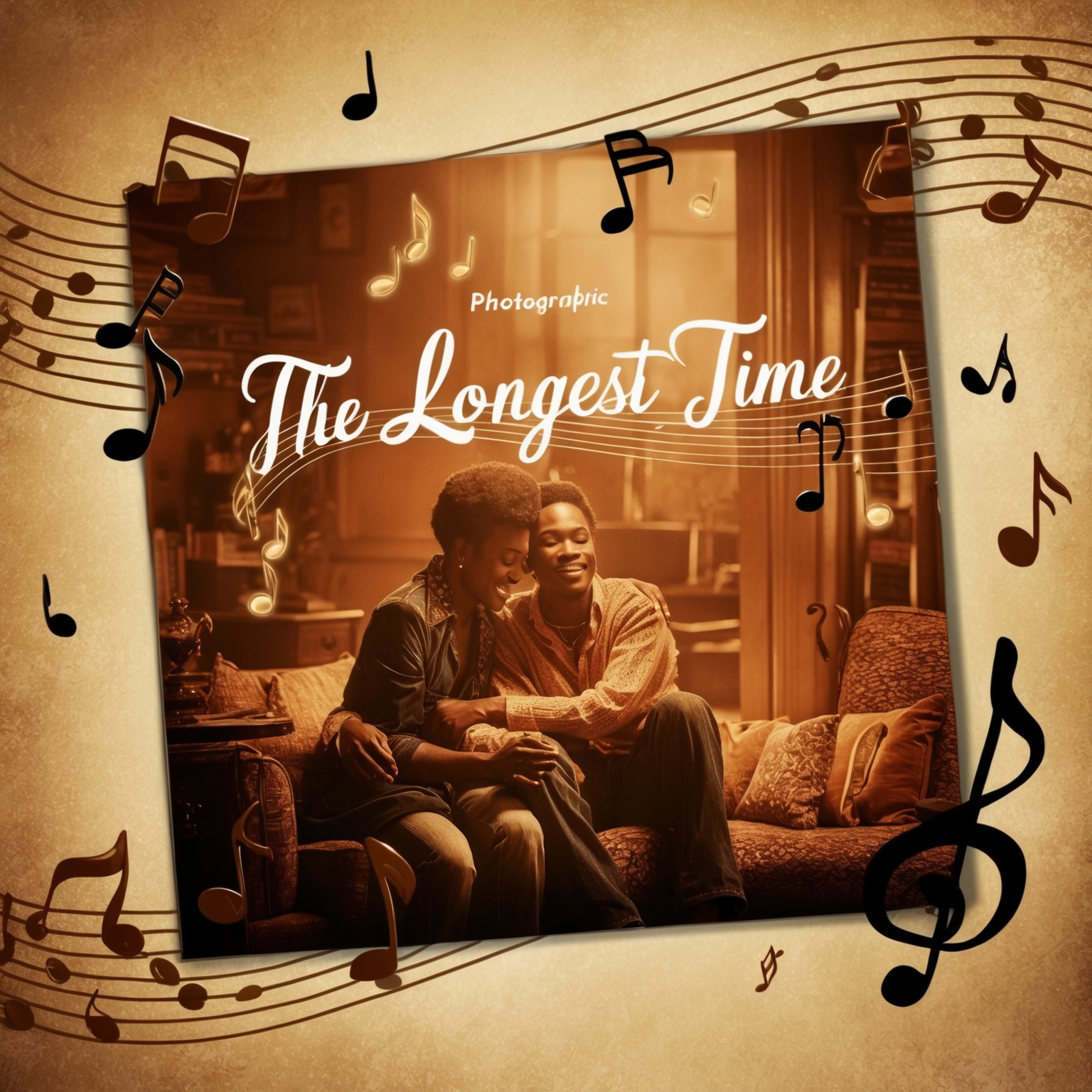 Lyrical Themes and Messages: ‘The Longest Time’ by Billy Joel is a rich tapestry of emotion, reflecting themes of love, nostalgia, and rediscovery. The lyrics convey a personal journey, celebrating the joy and inspiration derived from newfound love. Joel taps into a universal sentiment—the longing for happiness and the comforting embrace of another. Released in 1983, the song’s themes resonate profoundly with listeners, capturing the essence of an era characterized by love’s timeless quest.
Lyrical Themes and Messages: ‘The Longest Time’ by Billy Joel is a rich tapestry of emotion, reflecting themes of love, nostalgia, and rediscovery. The lyrics convey a personal journey, celebrating the joy and inspiration derived from newfound love. Joel taps into a universal sentiment—the longing for happiness and the comforting embrace of another. Released in 1983, the song’s themes resonate profoundly with listeners, capturing the essence of an era characterized by love’s timeless quest.
Narrative and Storytelling: The song presents a heartfelt first-person narrative, inviting listeners into an intimate story of romantic rejuvenation. Joel’s lyrical storytelling paints a vivid picture of someone revisiting the innocence of love and the realization that happiness persists despite life’s challenges. This narrative style enhances the song’s impact, allowing the audience to connect intimately with the emotions conveyed.
Use of Literary Devices: Billy Joel employs a variety of literary devices to elevate the song’s lyrical quality. The use of repetition, as seen in the chorus, reinforces the theme of enduring emotions. Metaphors are skillfully woven throughout, with lines like “there would still be music left to write” symbolizing untapped potential and ongoing inspiration. The simple yet effective rhyme scheme aids in creating a melodic and engaging narrative.
Cultural and Social References: While ‘The Longest Time’ may not explicitly reference cultural events, it encapsulates the enduring human quest for love and fulfillment, universal themes that transcend specific historical contexts. This universality allows the lyrics to remain relevant across generations, appealing to diverse audiences.
Influence from Other Art Forms: The song’s lyrical style showcases a subtle influence from classic doo-wop and 1950s pop ballads, genres that Billy Joel admired and drew inspiration from throughout his career. This nod to traditional musical storytelling adds a layer of depth, connecting ‘The Longest Time’ to broader artistic traditions.
Emotional Impact and Relatability: The sincerity and warmth in the lyrics evoke a sense of nostalgia and hope, making the song deeply relatable. Whether reminiscing about past loves or embracing new beginnings, listeners find solace and connection in the sentiments expressed.
Fan Theories and Interpretations: Over the years, fans have speculated about the song’s inspirations. Some suggest it reflects on Joel’s personal experiences, while others view it as a broader reflection on love’s enduring power. Engaging with these interpretations enriches the song’s narrative, inviting listeners to explore its meaning on a personal level.
? Did you know Billy Joel sang every harmony part in The Longest Time himself? This doo-wop gem is pure Joel magic! ✨ #MusicTrivia #BillyJoel ?? tinyurl.com/bddc6wpd
Click to Tweet

